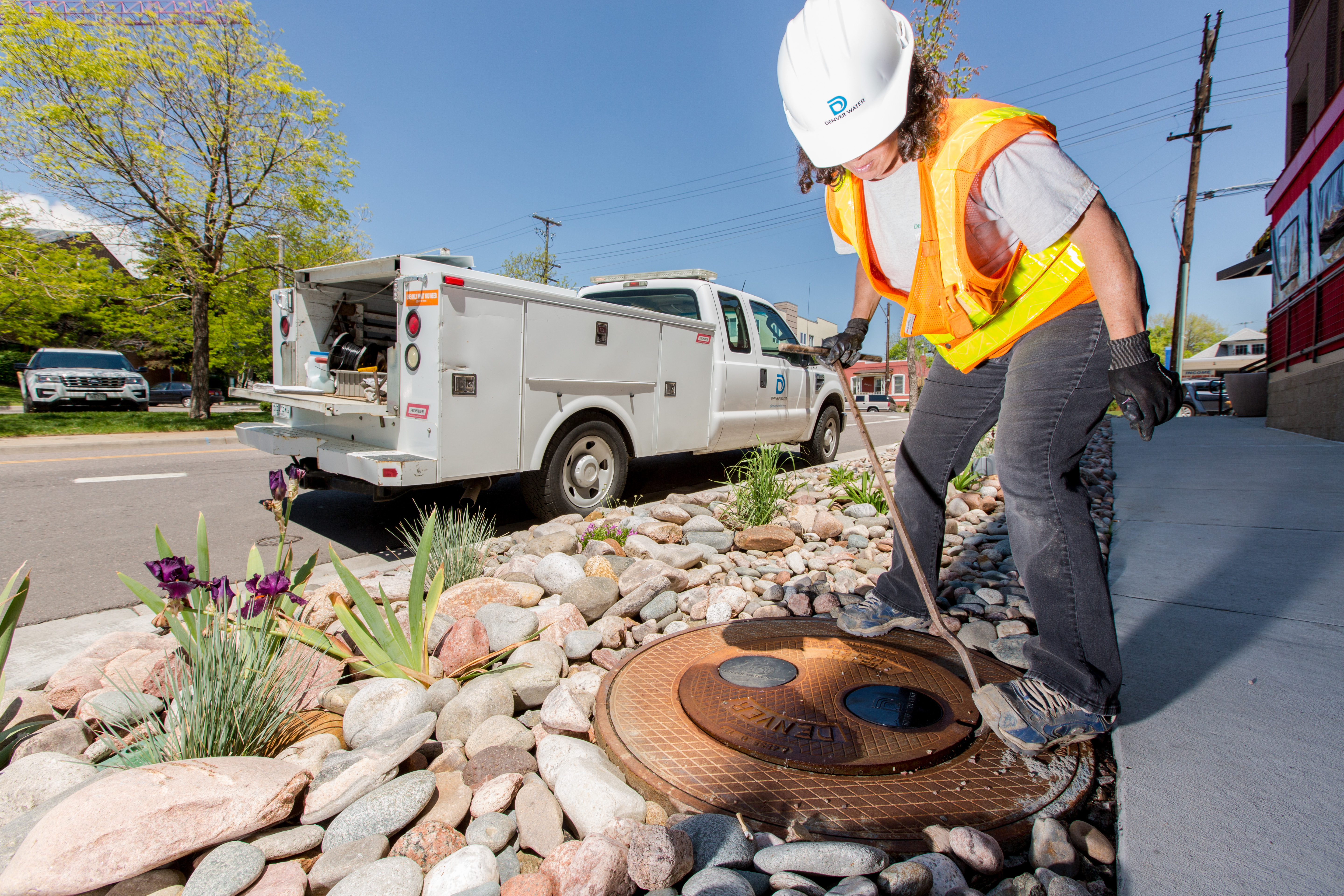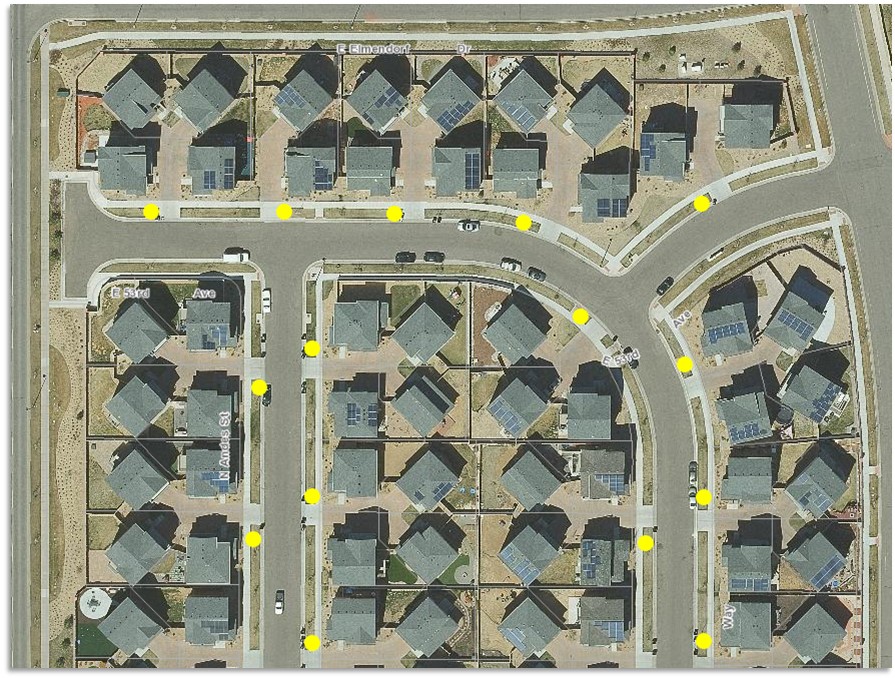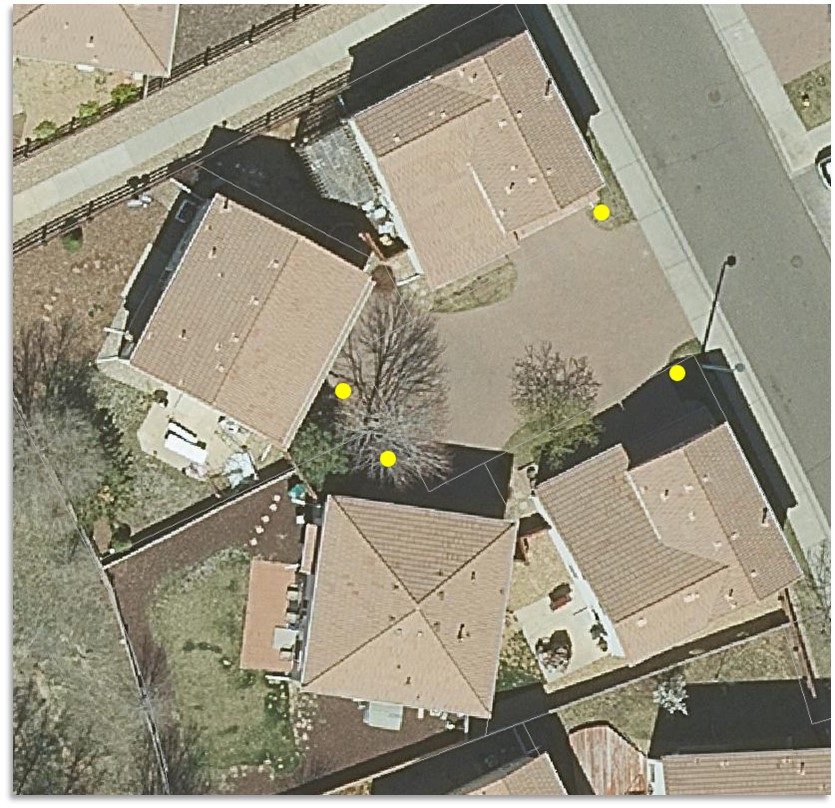
Keeping up with density
New operating rules will help residents in densely built neighborhoods spot inefficient water use quickly, while alleviating headaches for contractors and confusion for homeowners.
“Development has changed, and we had to figure out a way to change with them,” said Mike Aragon, director of Customer Relations. “Dense development didn’t fit with our rules.”
In the past, one single-family house was built on one lot, facing the street. One water tap and one meter were attached to that house. As land prices soared, developers started bunching two, three and even four single-family homes on one lot. But when houses are sandwiched together, there isn’t space for multiple taps and meters.
So developers would install one large tap with one meter to feed all the homes on a single lot, letting the homeowners association divvy up the cost of water later on.
That created problems — for homeowners and Denver Water.
A household of one person uses a lot less than a family of five, but if those two homes shared a meter, they’d split the monthly costs equally. In those cases, residents wouldn’t know how much water they’re using and whether they’re being efficient, meaning no one has much incentive to cut back. And many times, because the HOA redistributed water bills, the homeowners didn’t receive Denver Water’s messaging about drought, summer watering rules, construction, rebates and more.
Starting in 2015, Denver Water assembled a continuous improvement team to study different ways to fix those problems. Employees found that allowing developers to install a manifold tap and service line would allow each house in dense developments to have its own meter, and therefore its own bill.
More than 30 developments are now using manifold taps, but Denver Water expects hundreds each year will fit these dense-development parameters, especially in the Lowry, Highlands and Stapleton neighborhoods. The ones that are active are seeing impressive results. Not only do they maintain the structural integrity of the mains, but those individually metered houses use 38 percent less than their shared-metered counterparts, Aragon said.
And now Denver Water has a direct relationship with those customers, which means we won’t have to rely on HOAs to pass on important messages.
“This is also incredibly important as we prepare for future droughts,” said Jeff Tejral, Denver Water’s manager of water efficiency and reuse. “If most of our customers are not receiving a bill from us, we cannot expect to provide a signal to reduce use.”



